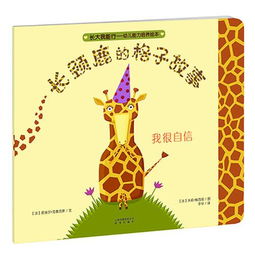Exploring Classical English Poetry
Introduction
English poetry, spanning centuries of literary evolution, offers a rich tapestry of diverse styles, themes, and voices. Delving into classical English poetry provides not only a glimpse into the historical and cultural contexts of different periods but also an opportunity to appreciate the timeless beauty and depth of poetic expression. Let's embark on a journey through some notable examples of English poetry from various eras.
1. Elizabethan Era: William Shakespeare's Sonnets
In the Elizabethan era, William Shakespeare crafted a collection of 154 sonnets that explore themes of love, beauty, mortality, and the passage of time. Shakespeare's sonnets are characterized by their intricate rhyme schemes, profound imagery, and emotional depth. Sonnet 18, often referred to as "Shall I compare thee to a summer's day?", is among the most famous:
```
Shall I compare thee to a summer's day?
Thou art more lovely and more temperate:
Rough winds do shake the darling buds of May,
And summer's lease hath all too short a date;
```
2. Romantic Era: William Wordsworth's "I Wandered Lonely as a Cloud"
William Wordsworth, a leading figure of the Romantic movement, celebrated nature and the human imagination in his poetry. "I Wandered Lonely as a Cloud," also known as "Daffodils," is one of his most beloved works:
```
I wandered lonely as a cloud
That floats on high o'er vales and hills,
When all at once I saw a crowd,
A host, of golden daffodils;
```
3. Victorian Era: Alfred, Lord Tennyson's "The Charge of the Light Brigade"
During the Victorian era, Alfred, Lord Tennyson served as the Poet Laureate of the United Kingdom. "The Charge of the Light Brigade" commemorates the heroic but tragic charge of British cavalry against Russian forces during the Crimean War:
```
Half a league, half a league,
Half a league onward,
All in the valley of Death

Rode the six hundred.
```
4. Modern Era: T.S. Eliot's "The Waste Land"
T.S. Eliot's "The Waste Land" is a landmark poem of the modernist movement, reflecting the disillusionment and fragmentation of postWorld War I society. Its fragmented structure and diverse literary allusions challenge readers to confront the complexities of the modern world:
```
April is the cruellest month, breeding
Lilacs out of the dead land, mixing
Memory and desire, stirring
Dull roots with spring rain.
```
Conclusion
From the Elizabethan sonnets of Shakespeare to the modernist experimentation of T.S. Eliot, classical English poetry encompasses a vast array of styles, themes, and voices. Exploring these timeless works not only deepens our understanding of literary history but also invites us to contemplate the universal aspects of the human experience. Let us continue to immerse ourselves in the beauty and wisdom of English poetry across the ages.
I hope this journey through classical English poetry sparks your curiosity and appreciation for the rich literary tradition it represents. If you have any further questions or would like to explore specific poets or works in more detail, feel free to ask!











